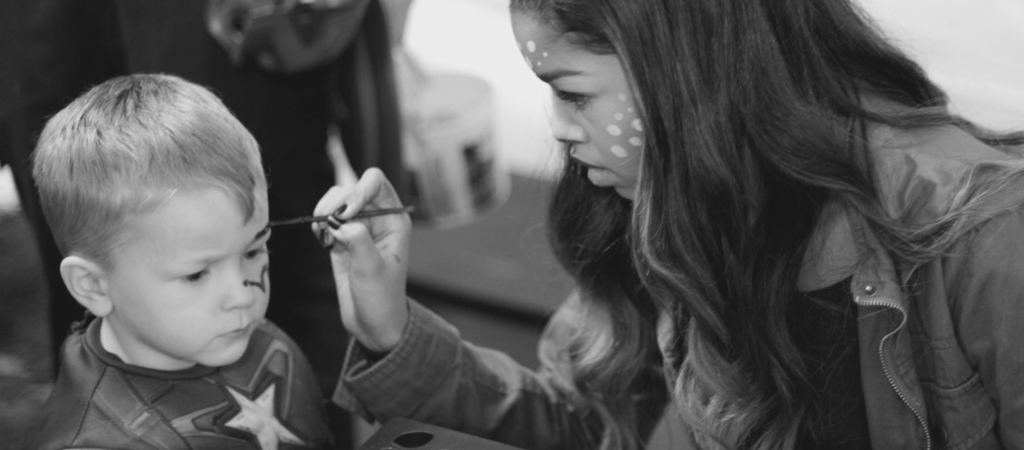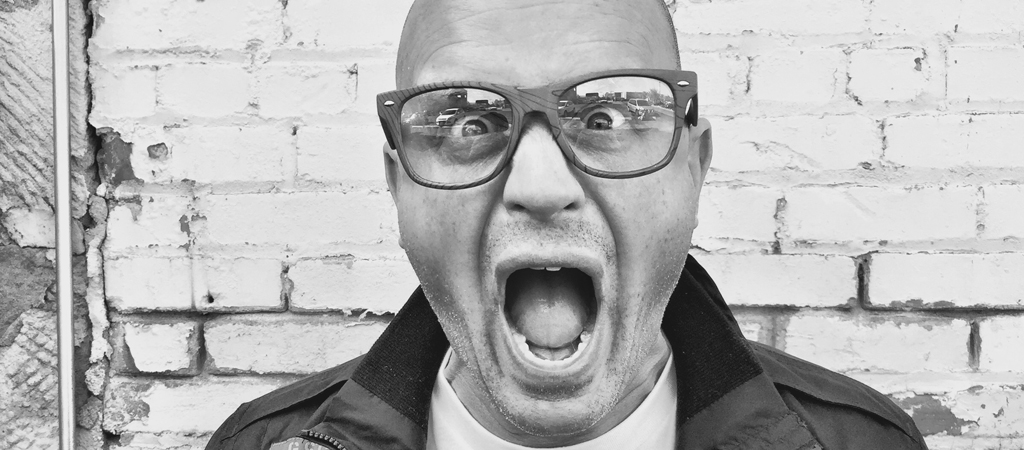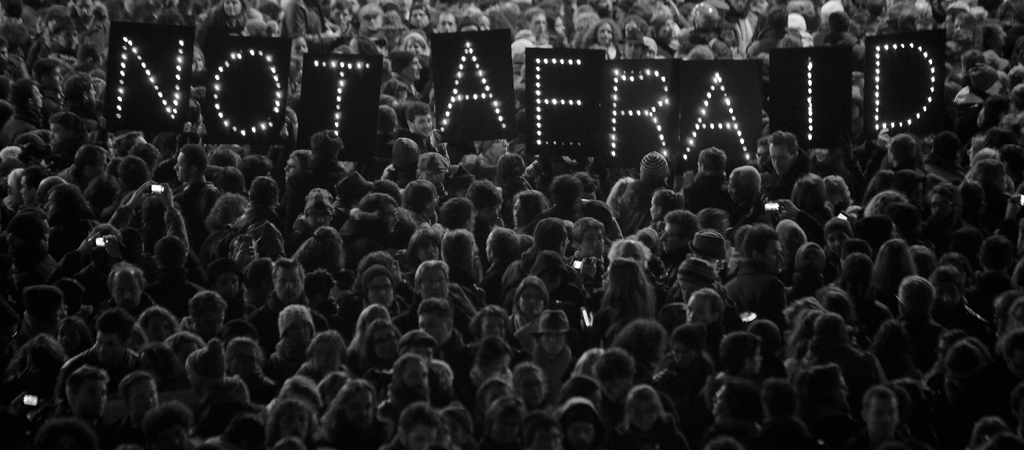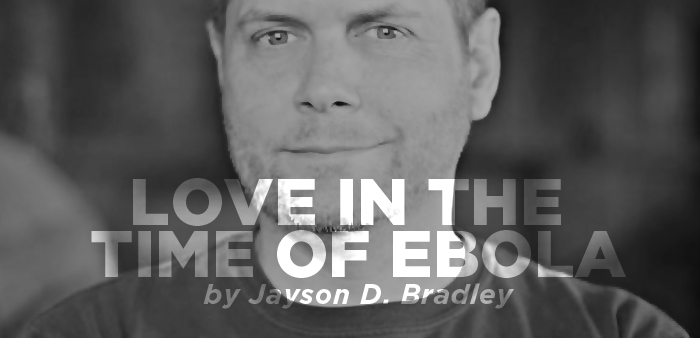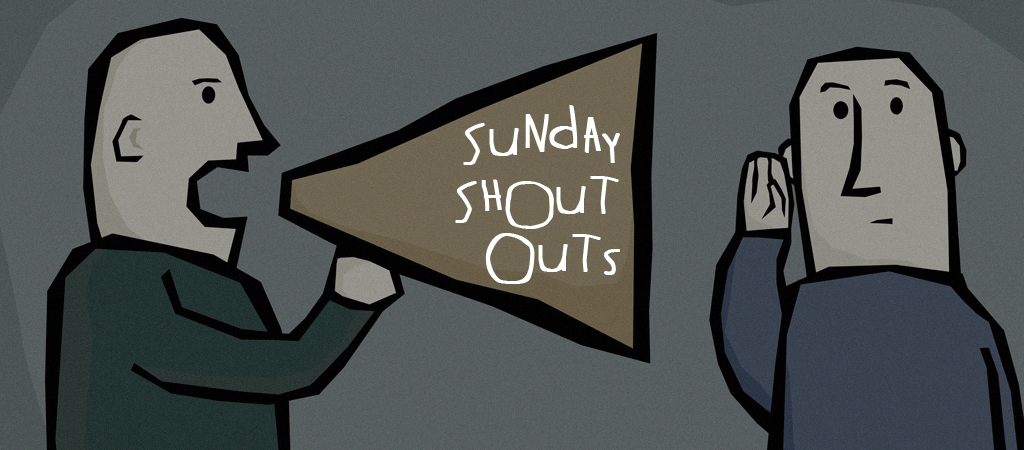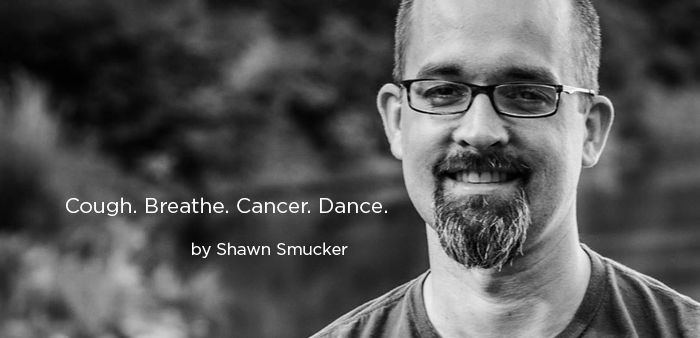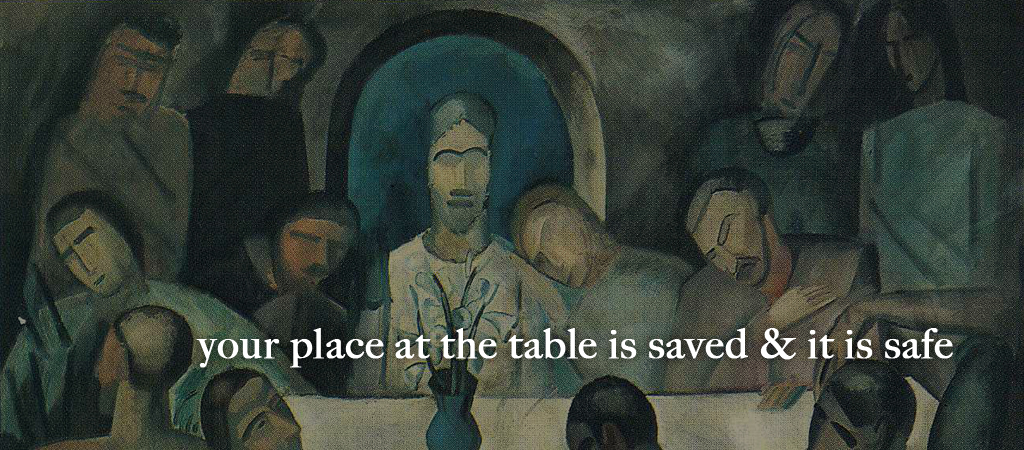I remember years ago hearing leadership guru John Maxwell talking about “Putting a ’10′ on everyone’s head.” He was encouraging us to see people as valuable, worthy of our time and attention.
Then yesterday, I watched the first episode of the newly released Black Mirror (season 3) on Netflix. Black Mirror is often described as a modern day Twilight Zone – giving us creepy glimpses of how technology might lead us down a wrong path. This new episode features Lacie—who appears to be a nice, but too sugary-sweet, fake, an annoyingly earnest woman who seems to be doing everything she can to climb the social-standing ladder.
Quickly, you notice Lacie giving and receiving star-ratings on her smart phone with every in-person human interaction. At first, you assume it’s an app that everyone is using… like Facebook or Instagram or Twitter. But then you begin to realize it’s the actual person who is receiving a score: 0 to 5 based on observation or interaction.
Then you discover the power of these ratings. The lease is up on Lacie’s apartment – so she is looking for a new place to stay. When she finds the perfect place, it is just beyond her reach financially… but the agent tells her there is a discount for people with a 4.5 rating. She asks Lacie what her rating is. Lacie is a 4.2, which is respectable, but not quite upper level. The agent encourages Lacie to work on increasing her rating.
Lacie is focused. She’s handing out 5-star ratings left-and-right to everyone she encounters – hoping they will return the favor. But not everyone does, and her score still hoovers below the upper level. Then, when her flight is cancelled and she can’t make it to an important event (with a bunch of 4.5′s and higher), Lacie cracks. She swears at the desk clerk at the airport. Security comes and docks her rating a full point as punishment for her behavior.
Her world is spiraling down along with her score… her worth, value, opportunity, and social standing.
For a more complete review of this Black Mirror episode, check out this article from The Verge.
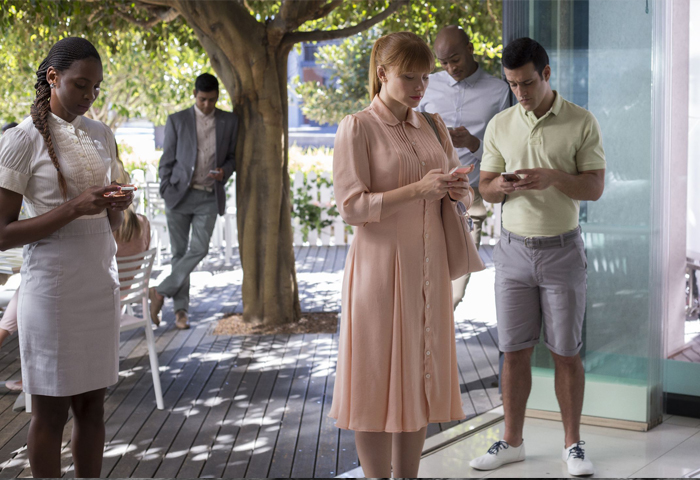
With Halloween right around the corner, I’ve been thinking about all the little characters who will show up on our doorsteps. We open our doors, and survey the group of trick-or-treaters… “And what do we have here?” we ask. “Oh, I see the Hulk. And a scary monster! Is that a police man? And the princess from Frozen… what’s her name?”
We pay attention. We recognize the costumes and affirm the children. “Beautiful. I love it! Wow.” And then we bless them (give them candy).
This kind of attentiveness, or beholding, is powerful.
We are taking the time to see the image they are projecting, the costume they are wearing, and we accept them—as they are. I believe this shouldn’t happen only on October 31. And I believe it shouldn’t only happen with… Read More


